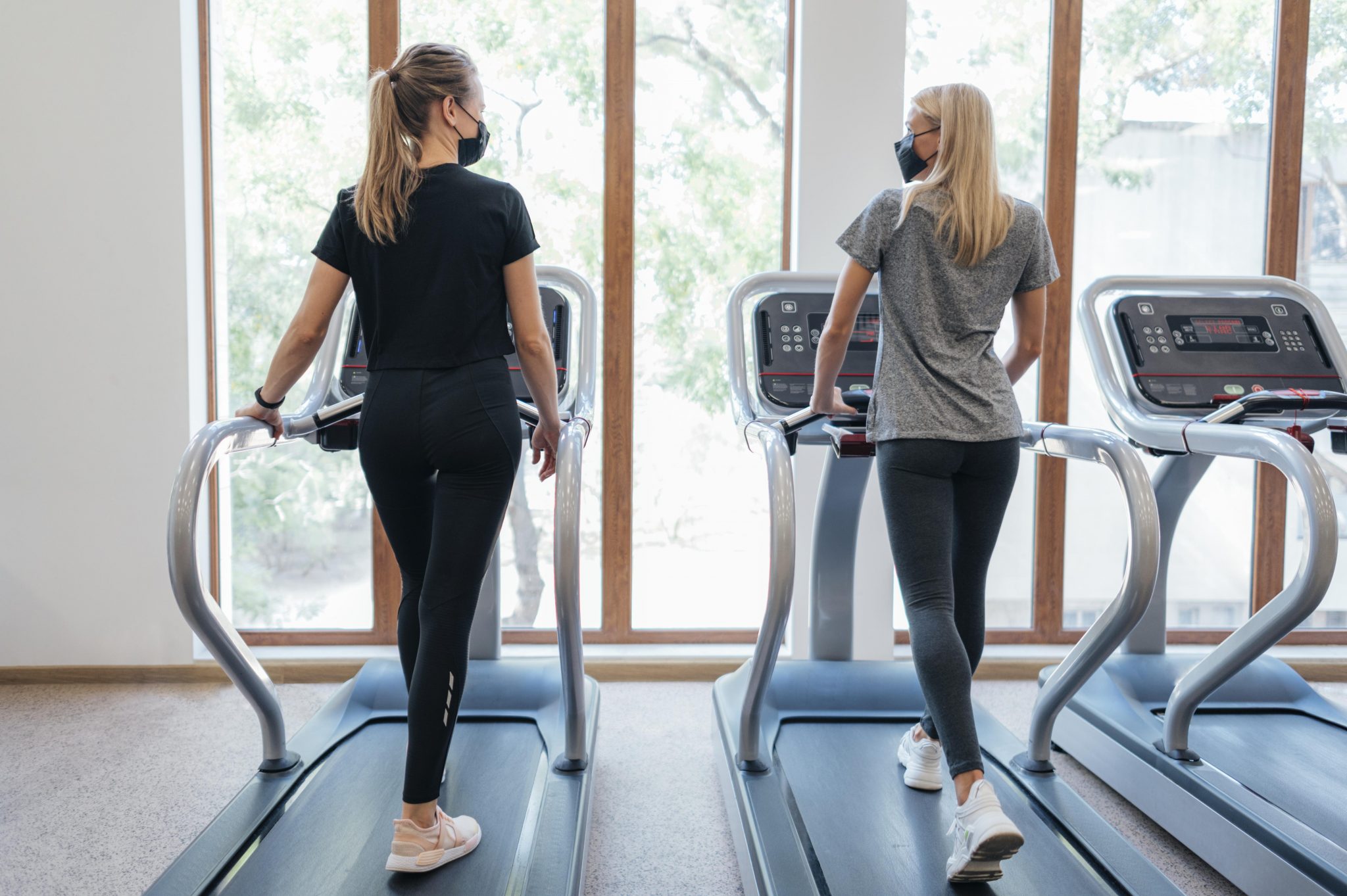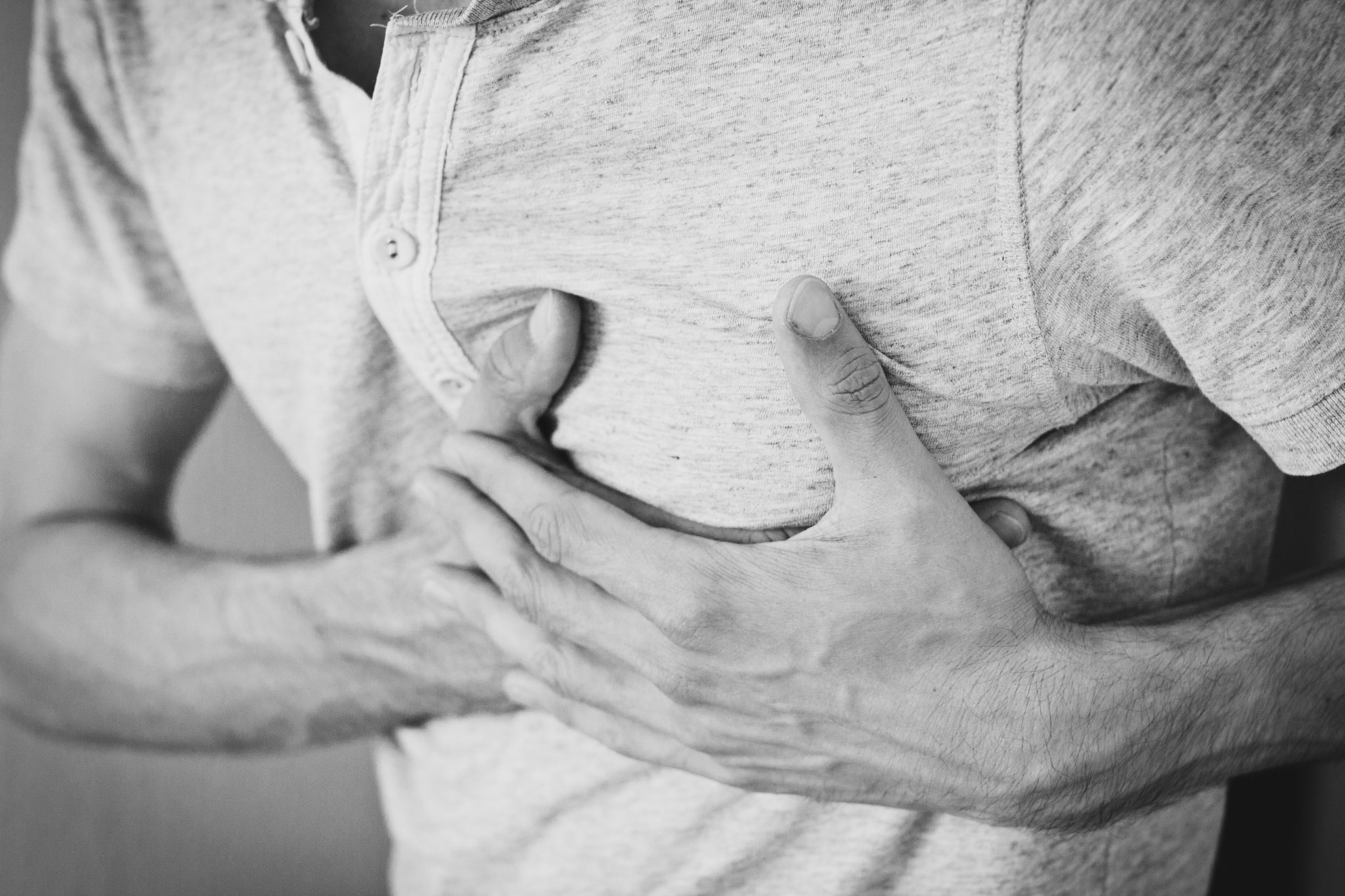Do Varicose Veins Return After Treatment?
There has always been a constant issue in the realm of medical science and that is whether certain medical conditions that have been treated have a tendency to return and affect the same individual. Some conditions such as cancer have shown the ability to reemerge even after extensive chemotherapy and there are various reasons for this happening and this article will go down that similar path and see if another condition known as varicose veins has the tendency to exhibit such a similar trait.
To do this, we will look at the definition of the condition, its symptoms and causes, the treatment measures in place for it, and finally, the possibility of reemergence after treatment. By definition, the condition known as varicose veins occurs when the veins are twisted and enlarged. In essence, it usually occurs when the veins become dilated and overfilled with blood causing them to appear swollen and raised with a distinct bluish-purple or red color.
It is worth noting that for certain people, these veins are only a cause for cosmetic concern while for others, it comes with searing pain in the lower leg region where it often occurs. Recent studies have also shown that around 25 percent of all adults have varicose veins with a medical article which was reviewed by the University of Illinois and published in 2017 stating that approximately 1 in 4 adults in the United States is affected by this condition.
Causes of Varicose Veins
In the way of causes, varicose veins are caused by weak or damaged vein walls and valves. Additionally, varicose veins have the tendency to form whenever blood pressure increases inside your veins and this can happen for a number of reasons. The NHS gives further insight into the manner in which it takes place by stating that inside the veins, there are one-way valves that open to let the blood through and then close to prevent it from flowing backward. It further states that sometimes the valves don’t function properly and this can cause the blood to leak and flow backward. When this happens, the blood collects in the veins and this causes them to become swollen and enlarged. Other causes of varicose veins include but are not limited to the following;
1. Gender – Studies have shown that women are more likely to be affected that varicose veins than men reason being that female hormones tend to relax the walls of veins which makes the valves more prone to leaking.
2. Genetics – As is common with certain medical conditions such as arthritis, there is a higher risk of developing varicose veins if a close family member has the condition. This also supports the assumption that varicose veins may be partly caused by genes gotten from parents.
3. Age – It is a scientifically proven fact that as a person gets older, the veins in the body lose their elasticity and the valves inside them stop working as well. This phenomenon plays a role in the development of varicose veins.
4. Obesity – It has been established that being overweight puts extra pressure on the veins which means that they have to work harder to send blood back to your heart. This puts increased pressure on the valves and makes them more prone to leaking.
5. Occupation – Some researchers suggest that jobs that require long periods of standing may increase the risk of getting varicose veins the simple reason being that blood does not flow easily when you’re standing for long periods of time.
Treatment of Varicose Veins
The treatment of varicose veins is not mandatory for persons who want it for cosmetic reasons but it is indeed necessary for persons who require it to reduce pain or discomfort and to address other problems such as leg ulcers, skin discoloration, swelling etc. That being said, the treatment measures for varicose veins include but are not limited to the following;
1. Surgery – This is a necessary process in a situation where the veins are large. During the procedure, the patient is under general anesthetic and in most cases can go home the same day. However, in cases where surgery has to be done on both legs, the patient may have to spend at least a night in the hospital.
2. Litigation and Stripping – This is a very delicate process for the treatment of varicose veins. In this procedure, an incision is made at the top of the affected vein. Another is also made at the lower leg, close to the ankles. A wire, most times heated, is passed through the bottom part of the affected vein and the top part is tied up and sealed. This procedure is done to remove the affected vein as the wire is pulled out.
Do Varicose Veins Return After Treatment?
Once treatment has been completed, many patients experience positive results but studies have shown that up to 60 percent of patients experience a reemergence of varicose veins and this can be for a number of reasons;
1. Treatment wasn’t extensive enough – During surgery, the affected vein is removed and entirely and the blood flow is redirected to another healthy vein. In some cases, there may be other veins that may experience this venous reflux and unless they are all treated, varicose veins will return.
2. The condition may be progressive – Some patients may have a strong genetic disposition for varicose veins. This means that the condition may represent the initial phase of venous insufficiency, which may be a chronic or progressive medical condition. It is worth noting that in such a situation, a permanent cure may not be possible.
3. Growth or healing of new blood vessels – After surgery or injury, the body works to create new cells and sometimes this healing process can undo the effects of the surgery.
4. Choosing the right varicose veins treatment – As with all medical procedures, there are different health needs and risk factors which apply to the specific individual. This means that if the right treatment is not chosen, varicose veins may resurface.
5. Choosing the right medical provider – It is worth noting that many clinics claim to treat varicose veins but not all facilities that treat varicose veins offer the same level of expertise. This may cause varicose veins to spring up again if the treatment is not done right.
Conclusion
It has now been established that varicose veins can be treated with a very high rate of success. However, there are situations where the condition may resurface and come with more issues. It should be noted however that there are other ways to prevent this condition before it happens. These measures are termed “home remedies” and include the following;
- Constantly exercising
- Losing weight
- Regularly raising the legs
- Avoiding prolonged standing or sitting
- Maintaining a healthy diet
These steps have been put in place to prevent the occurrence of varicose veins but also functions as a means of mitigating the condition if it has already become visible. It should however be noted that these measures are not necessarily adequate substitutions for standard medical treatment and in cases where varicose veins are causing severe pain and other forms of physical discomfort, patients are advised to seek immediate medical attention from an appropriate health care facility.





